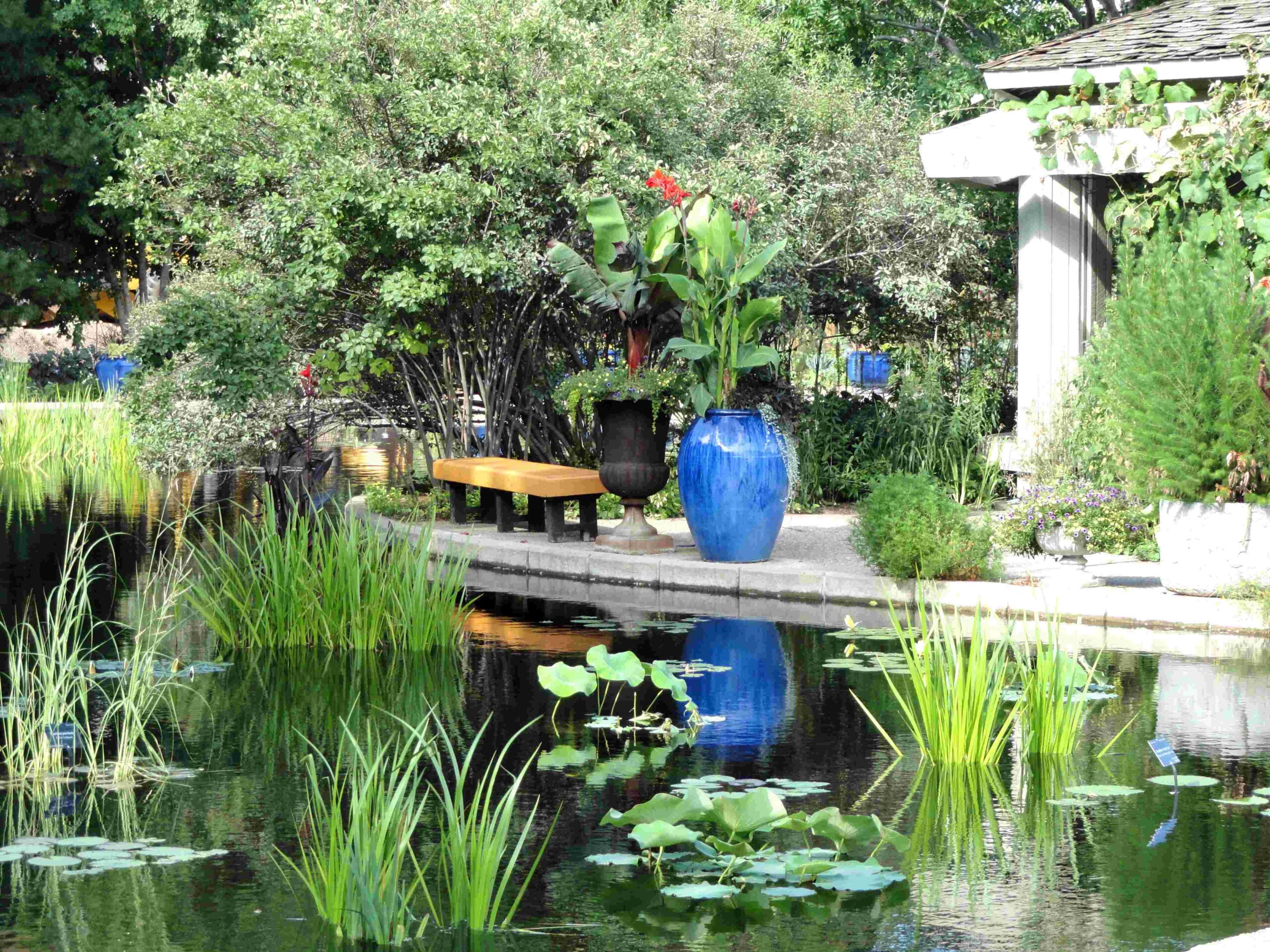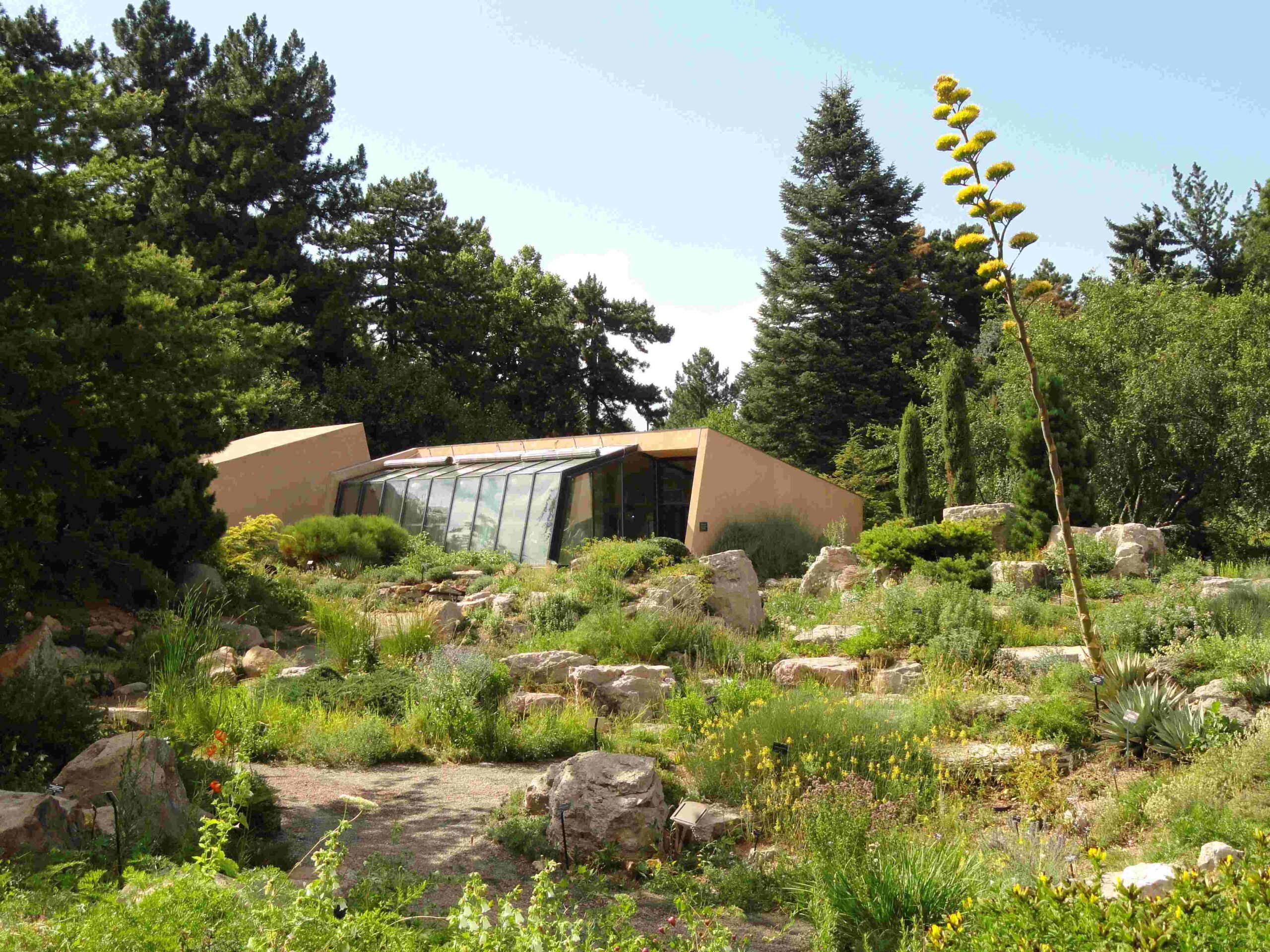The Denver Botanic Gardens Kids Area, officially known as the Mordecai Children’s Garden, is a 3-acre interactive space designed for children and families. This rooftop oasis features diverse ecosystems, play structures, and educational programs. Open from March through October, the garden offers hands-on experiences that introduce young visitors to Colorado’s natural habitats. With its unique design and focus on experiential learning, the Mordecai Children’s Garden has become a popular destination for families visiting the Denver Botanic Gardens.
What Are the Key Features of the Denver Botanic Gardens Kids Area?

The Mordecai Children’s Garden boasts several engaging features that make it a standout attraction:
- Interactive Play Structures
- Swinging bridges
- Marmot Mountain (a climbable summit)
- Pika Peak (a scenic viewpoint)
-
Springmelt Stream (for water play and dam building)
-
Colorado Ecosystem Representations
- Alpine Tundra
- Subalpine Habitat
- Montane Forest
- Pinon Juniper Woodlands
- Foothills
-
Grasslands/Wetlands/Riparian Zone
-
Safety and Design Elements
- Rooftop construction with multiple protective layers
- Natural-looking topography changes
-
Raised levels for varied experiences
-
Comfort Features
- Ample seating areas
- Shaded spots for rest and observation
How Is the Denver Botanic Gardens Kids Area Designed for Safety?

The Mordecai Children’s Garden prioritizes safety through its innovative design:
- Rooftop Construction Layers:
- Roofing membrane
- Root barrier
- Insulation
- Water retention layer
- Drainage layer
-
Planting medium
-
Topography: The garden features natural-looking changes in elevation, providing a safe yet adventurous environment for children to explore.
-
Accessibility: Most areas are wheelchair and stroller accessible, ensuring inclusivity for all visitors.
What Educational Opportunities Does the Denver Botanic Gardens Kids Area Offer?
The Mordecai Children’s Garden serves as an outdoor classroom, offering various educational experiences:
-
Ecosystem Exploration: Children can learn about six different Colorado ecosystems through hands-on interaction.
-
Gardening Activities: Vegetable growth demonstrations teach children about plant life cycles and agriculture.
-
Water Play: Features like Springmelt Stream allow kids to understand water dynamics and dam construction.
-
Seasonal Programs: While specific schedules are not provided in the sources, the garden likely offers programs that align with seasonal changes and natural phenomena.
When Is the Best Time to Visit the Denver Botanic Gardens Kids Area?
To make the most of your visit to the Mordecai Children’s Garden, consider the following:
- Operating Season: Open from March through October
- Daily Hours: 9 a.m. – 5 p.m.
- Peak Times: Weekends and holidays are likely to be busier
- Weather Considerations: Spring and fall may offer milder temperatures for outdoor play
What Amenities Are Available for Families at the Denver Botanic Gardens Kids Area?
Families visiting the Mordecai Children’s Garden can enjoy several amenities:
| Amenity | Description |
|---|---|
| Parking | Convenient parking structure beneath the garden |
| Restrooms | Located throughout the main gardens and children’s area |
| Drinking Fountains | Available in various locations |
| Seating Areas | Plenty of spots to rest and observe |
| Shade Structures | Comfortable areas to escape the sun |
How Can Families Prepare for a Visit to the Denver Botanic Gardens Kids Area?
To ensure a enjoyable experience at the Mordecai Children’s Garden, families should:
- Check the official Denver Botanic Gardens website for current hours and any special events.
- Dress children in comfortable clothes suitable for outdoor play and potential water activities.
- Bring sunscreen, hats, and water bottles, especially during warmer months.
- Consider packing a picnic to enjoy in the designated areas.
- Prepare for varied weather conditions, as Colorado’s climate can be unpredictable.
What Makes the Denver Botanic Gardens Kids Area Unique Among Children’s Gardens?
The Mordecai Children’s Garden stands out for several reasons:
- Rooftop Location: Its position atop a parking structure is an innovative use of urban space.
- Ecosystem Diversity: The representation of six Colorado ecosystems in one space is educational and immersive.
- Interactive Design: The garden encourages hands-on exploration and play-based learning.
- Safety Features: The multi-layered construction ensures a safe environment without compromising on natural aesthetics.
- Seasonal Adaptability: The garden’s features change with the seasons, offering new experiences throughout its operating months.
How Does the Denver Botanic Gardens Kids Area Contribute to Environmental Education?
The Mordecai Children’s Garden plays a crucial role in environmental education:
- Ecosystem Awareness: By showcasing Colorado’s diverse habitats, it helps children understand local ecology.
- Plant Life Education: Through vegetable gardens and native plant displays, kids learn about plant growth and biodiversity.
- Water Conservation: Features like Springmelt Stream teach about water dynamics and the importance of water in ecosystems.
- Hands-on Learning: The interactive nature of the garden allows children to engage directly with natural elements, fostering a connection to the environment.
In conclusion, the Denver Botanic Gardens Kids Area, known as the Mordecai Children’s Garden, offers a unique and enriching experience for families. Its thoughtful design, educational focus, and interactive features make it a standout attraction within the Denver Botanic Gardens. By providing a safe and engaging environment for children to explore nature, the garden plays a vital role in fostering environmental awareness and appreciation in young visitors.
References:
1. https://www.denver.org/blog/post/only-in-denver-mordecai-childrens-garden-at-denver-botanic-gardens/
2. https://www.botanicgardens.org/york-street/mordecai-childrens-garden
3. https://www.littlehiccups.net/2023/08/denver-botanic-gardens.html

